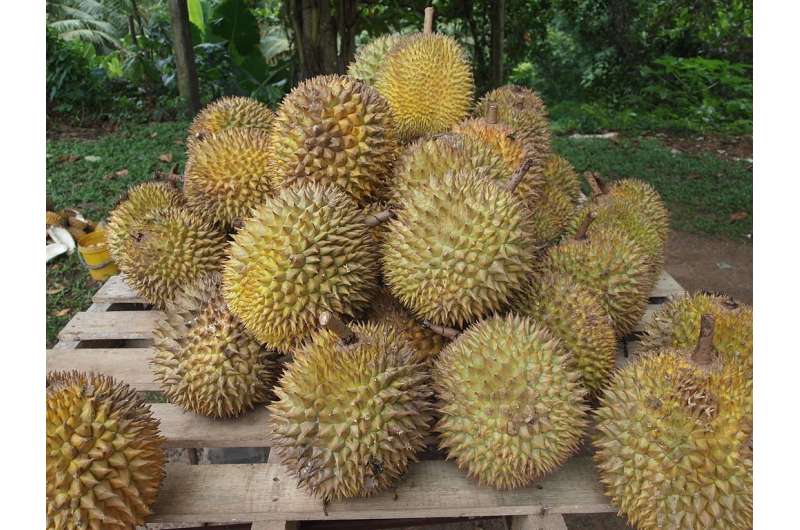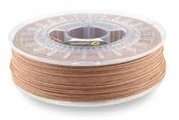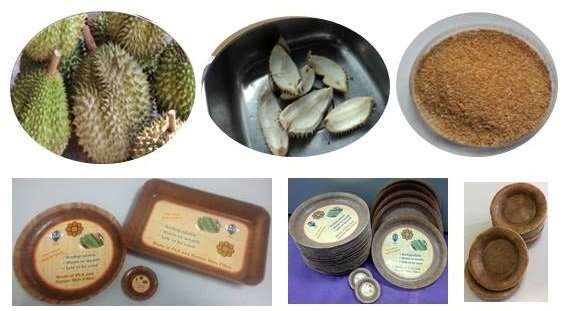Durian is a fruit commonly found throughout Southeast Asia with very thick and pulpy exterior. Credit: Kalai via Wikimedia
Researchers at the International Islamic University Malaysia have developed biodegradable food packaging container featuring the skin of the durian fruit that can also be used as 3-D printing filament.
The new development is in line with the "New Plastics Economy" where this alternative sustainable material supports the circular economy, eliminates waste, maximizes value and uses plastic efficiently.
Durian is a fruit commonly found throughout Southeast Asia with very thick and pulpy exterior. IIUM researcher Hazleen Anuar and her colleagues mixed durian skin fibers with epoxidized palm oil transforming it into biodegradable polymer which can be molded into common food packaging containers.
After three months buried in soil, about 83 percent of the packaging had degraded, offering a significant improvement over other plastics that take hundreds of years to break down in landfills. There is dual application for this plastic, one for food packaging and the other is for 3-D printing filament.
3-D printing uses material layer-by-layer to build objects. Currently, a wide range of materials are used in 3-D printing, and the biomass is suitable for making various products.
Durian skin fiber-based biocomposite could be an alternative material for 3-D printing, which is biodegradable and utilizes durian skin waste. Future work will focus on ways to reduce the cost of polymer which is polylactic acid thus enhancing the usage of this biocomposite in various fields in Malaysia.
-
3-D printing filament. Credit: International Islamic University Malaysia (IIUM)
-
From top left to right: durian fruit, durian skin and durian skin fibre. Bottom: food containers made from durian skin fibre. Credit: International Islamic University Malaysia (IIUM)
Provided by International Islamic University Malaysia (IIUM)


























